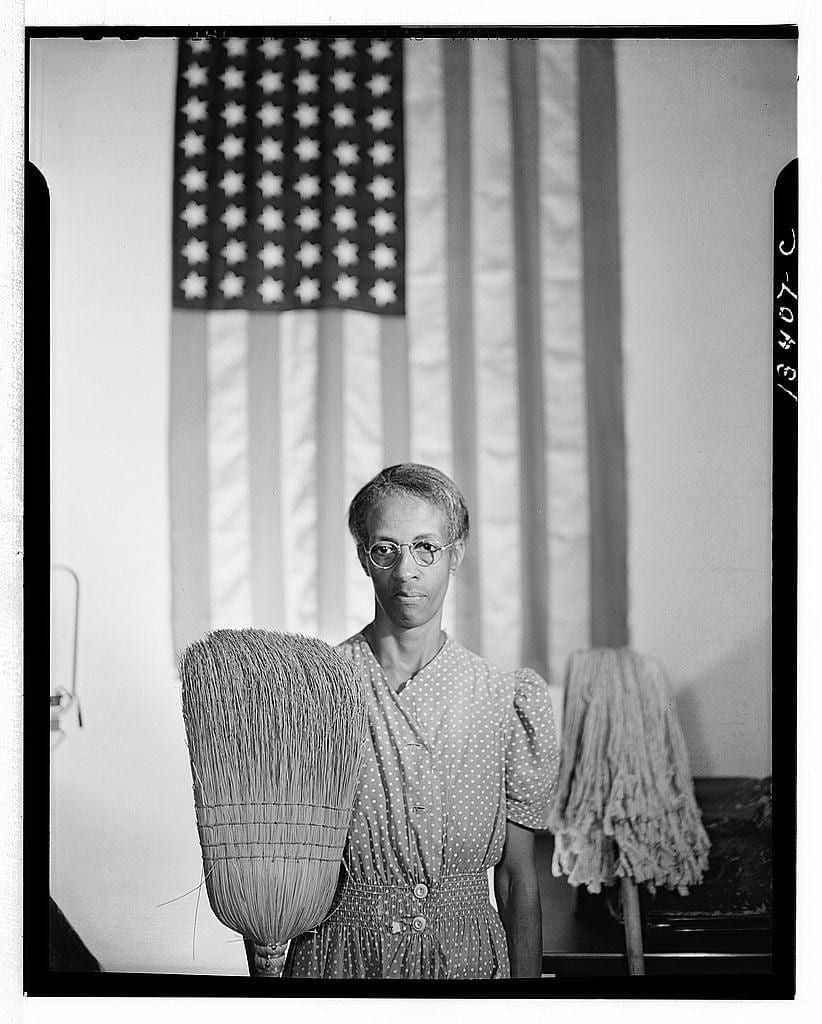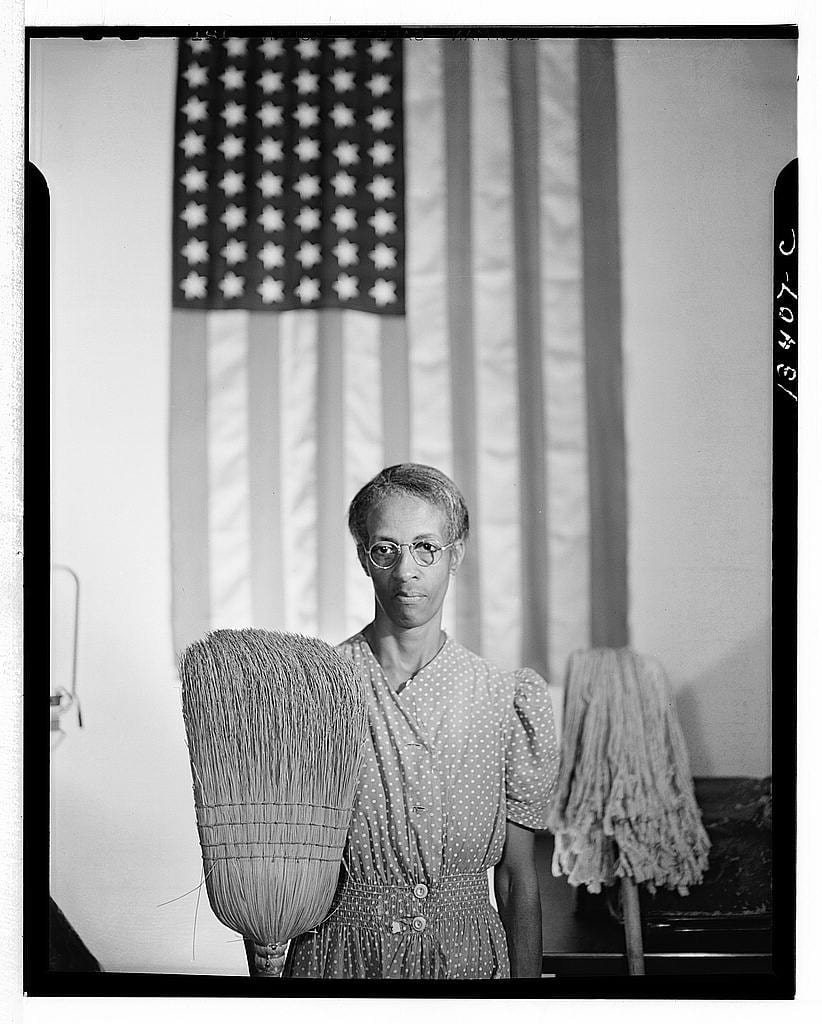
As mentioned in part one of this blog, enfranchisement is the act of participating in the political process, namely through voting. It is the acknowledgement and acceptance of citizenship. White men determined and established citizenship for themselves as leaders in the public and political sphere during the founding of the United States. By securing citizenship for themselves, an automatic disenfranchisement of white women, Natives and the enslaved occurred.
The perception of female inferiority finds evidence in the engendered stratification implemented by the founding fathers. Identified as property and void of personal agency rendered women fully reliant upon men. Married women looked after the home and land while the rearing and socializing the children. The labelling of single women as witches and heretics remained commonplace by the religious elite. The depiction of female enslaved as promiscuous and animalistic positioned them at the bottom of the gender and race spectrum. This position for Black women becomes a point of division as the fight for enfranchisement persists.
With the establishment of the laws of the land, women began to resist because as Abigail Adams suggests in a 1776 letter to Mercy Otis Warren, “we would not hold ourselves bound by any laws in which we had neither a voice nor representation.” Adams reveals she threatened her husband, John Adams with a rebellion of a “Tribe more numerous and powerful than all the rest…” he scoffed at the idea. Sarah Moore Grimke wrote in 1838 that men selfishly subjected women to their will for sexual pleasures and promotion of their egos. The subjugation of women finds roots in the unwillingness of men to see women achieve their full potential.
Elizabeth Cady Stanton and Susan B. Anthony, along with Lucretia Mott challenged the political establishment and their regulated domestic life during the 1848 Women’s Convention at Seneca Falls, New York. During the convention, the women pronounced the “Declaration of Sentiments and Resolutions”, in which they changed the US Declaration of Independence by adding “and women” and “her” to each relevant statement. Frederick Douglass, orator and former enslaved person, spoke at the convention as a proponent for the acknowledgment of women as citizens. His push to include Blacks as a part of the campaign brought about a significant turning point for suffrage.
The purpose of the Seneca Falls Convention was to facilitate the procurement of the ballot for women, but not for all women: only white women. Following the Emancipation Proclamation and at the height of the Reconstruction Era, Douglass and Sojourner Truth lamented at the lack of solidarity that manifested in the failure to recognize Blacks as citizens. Douglass’ desire for the inclusivity of Blacks brought a division within the movement. For him, as Davis writes, Black suffrage was an emergency measure. “The ballot was not a means of ensuring…hegemony in the South. It was basically a survival measure—a means of guaranteeing the survival of the masses of his people.” The 13th, 14th, and 15th amendments granted citizenship rights to Blacks on paper and ‘under the law’; however, the right to the ballot for Americans of African descent, especially women, stalled under the discriminatory practices of the Jim Crow laws of the South.
The implementation of literacy tests, grandfather clauses, and poll taxes stripped the enfranchisement of Blacks created equally by their Creator but not under the law. The 1898 civil rights case of Plessy vs Ferguson confirmed the notion of “separate but equal”, further reducing American citizens of African descent to second-class. The work of Cady Stanton, Anthony, and Mott achieved fruition in 1920 with the 19th amendment, granting the right to vote to women. The path for Blacks to the ballot box remained marred for the subsequent 45 years.
The political system continues to rest on inequality. Cain argues that the expression of a true democracy is political equality. He suggests that those who view (and viewed) the Voting Rights Act of 1965 as a provision that allowed special treatment for Blacks fail to see the democratic system that favors one race or class over another as exclusively flawed and unjust. The decision to rationalize the discrepancy gives rise to a white populism. White populism, or white backlash as mentioned by Dr. King, becomes the expressive mode for the frustrations and concerns of whites who seek their claim to democracy through “referendums, recalls, and initiatives.” These referendums, recalls, and initiatives like gerrymandering and rezoning districts, denying restoration of voting rights to the formerly incarcerated, and closing DMVs for the purpose of limiting access to state identification for Black American constitutes constitutional and human rights violations.
The political establishment received a powerful blow in December 2017 by a group of unlikely citizens: Black women. Black women, including the former incarcerated, in Alabama, secured the victory for Senate nominee Doug Jones. Jones prosecuted and brought about the conviction of a klansman involved in the 16th Street Baptist Church bombing that killed Addie Mae Collins, Carole Robertson, Cynthia Wesley, and Denise McNair on September 15, 1963. The historic victory challenges the racist and sexist undercurrent of American politics because as Anna Julia Cooper remarked, “Only the Black Woman can say ‘when and where I enter, in the quiet undisputed dignity of my womanhood, without violence and without suing or special patronage, then and there the whole Negro race enters with me.” The enfranchisement of Black women—women excluded from the political and social narrative—brings about both the voice and the representation of all citizens.

